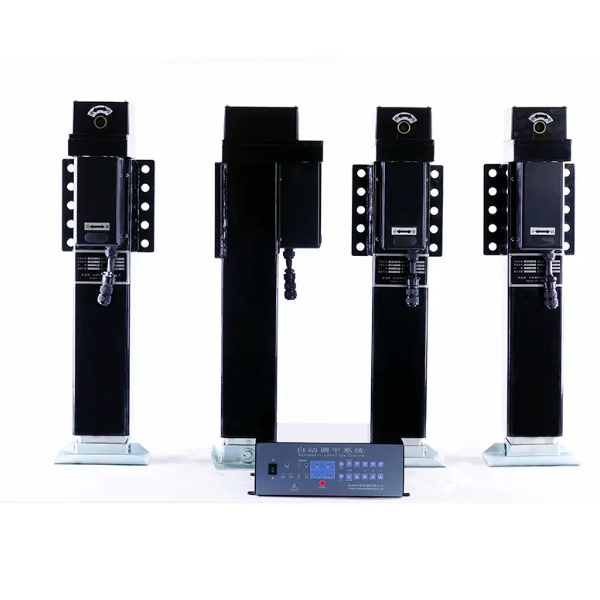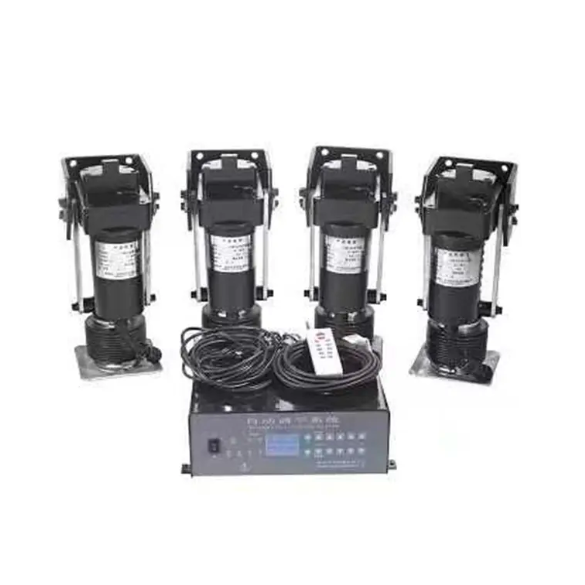In manufacturing and construction, precision is key. Auto-leveling systems have become a game-changing technology, revolutionizing the way we perform leveling tasks. This high-tech system offers many benefits, from improved accuracy to increased productivity. In this article, we’ll explore the features and benefits of automatic leveling systems, highlighting their role in advancing industries and streamlining workflows.
Accurate and consistent results
Accuracy is critical in grading tasks such as surveying, excavation and construction. Traditional manual leveling methods are time-consuming and prone to human error. The automatic leveling system uses state-of-the-art sensors and advanced algorithms to automatically and precisely level surfaces with minimal human intervention. By eliminating the possibility of human error, the system consistently delivers accurate results, saving time and resources.
Time and labor efficiency
With an automatic leveling system, the leveling process becomes faster and more efficient. The system automatically and continuously evaluates and adjusts surface levelness, eliminating the need for constant manual adjustments. This accelerated leveling process saves significant time and labor, allowing workers to complete projects faster. Whether the construction of a large infrastructure project or the grading of a small parcel of land, automatic grading systems can optimize productivity and reduce project duration.
Safe and reduce workload
Leveling tasks often involve working in potentially hazardous environments, such as construction sites or uneven terrain. Manual leveling requires workers to be physically present on site, exposing them to safety risks. The automatic leveling system eliminates the need for long periods of manual labor, minimizing the risks associated with human error and fatigue. The remote control feature also enables operators to monitor and control the leveling process from a safe distance, ensuring a safer working environment.
Versatility and adaptability
One of the significant advantages of self-leveling systems is their versatility and adaptability in a variety of applications and industries. From land and road construction to agricultural and irrigation projects, the technology can be customized to suit different grading tasks. The system can be integrated with other equipment and machinery for seamless coordination and synchronization. Its compatibility with a variety of tools including lasers, sensors and control software enhances its versatility, making it an indispensable tool in modern grading operations.
Enhanced data and documentation
In addition to leveling capabilities, automatic leveling systems offer a range of data collection and logging capabilities. The system records and stores leveling data, providing an accurate and comprehensive record of the leveling process. This data can be used for quality control and performance analysis to help identify areas for improvement and ensure compliance with project requirements. The system's ability to generate detailed reports simplifies project management and promotes effective communication among team members.
in conclusion
Automatic leveling systems represent a significant advance in accuracy and efficiency in the field of leveling tasks. By combining cutting-edge technology with streamlined processes, the system delivers accurate and consistent results, reduces labor and time requirements, increases safety, adapts to a variety of applications, and provides valuable data and documentation. As the industry continues to evolve and demands for precision become ever higher, automatic leveling systems are proving to be an indispensable tool that is changing the way leveling tasks are performed. Whether in construction, agriculture or surveying, adopting this technology can open up a world of possibilities, where efficiency and accuracy come together to drive success.
Post time: Sep-25-2023




